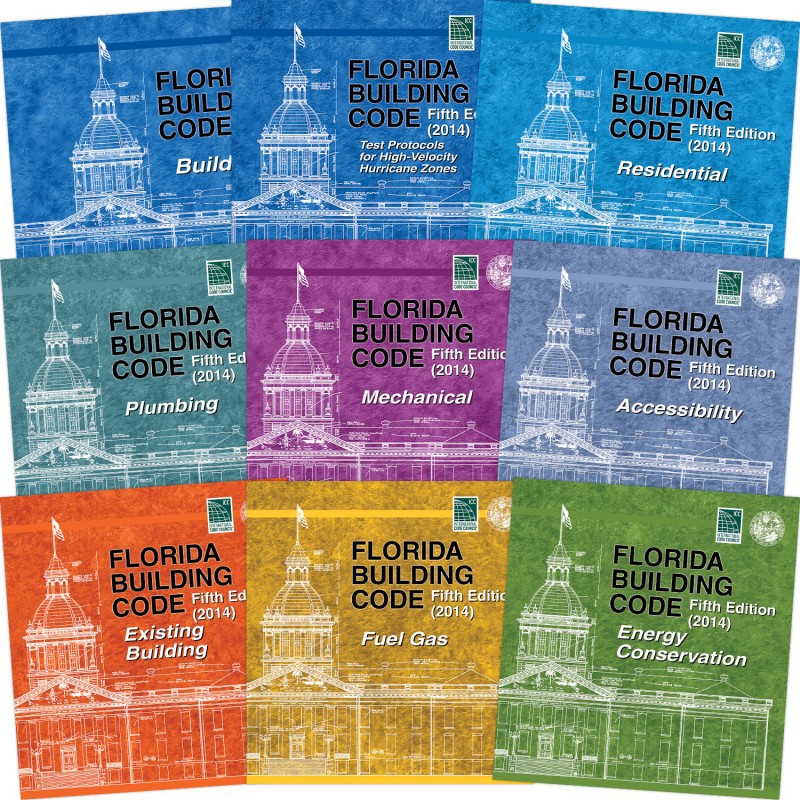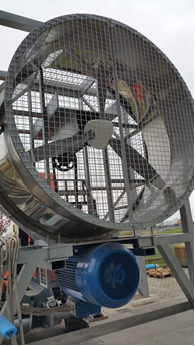In the 1990s, the state of Florida was hit by a series of extremely violent hurricanes that caused enormous damage to homes and a sizeable death toll. It was therefore decided to establish the Florida Building Code, a set of standards designed by the US state of Florida to ensure that buildings are resistant to the hurricanes and tornadoes that frequently occur in this area.

The Code is administered by the
Florida Building Commission, composed of 27 members including engineers, architects, contractors and specialists from various sectors. It consists of 9 main volumes:
- The Florida Building Code, Building, which includes licensing regulations;
- The Florida Building Code, Plumbing;
- The Florida Building Code, Mechanical;
- The Florida Building Code, Fuel Gas;
- The Florida Building Code, Existing Building;
- The Florida Building Code, Residential;
- The Florida Building Code, Energy Conservation;
- The Florida Building Code, Accessibility
- The Florida Building Code, Test Protocols for High-Velocity Hurricane Zones.
In particular, the volume “Test protocols for High-Velocity Hurricane Zones (HVHZ) - Fifth Edition (2014) dated March 2015” contains TAS (Testing Application Standards) specifying the test procedures required by the Florida Building Code
For exterior windows, doors and curtain walls used in hurricane danger zones, the Florida Building Code specifies a series of tests designed to establish air or water permeability, characterise structural performance, impact resistance and resistance to continuous cycles of very strong wind.
More specifically, the procedures requested are described by these standards:
- TAS 201-94 “Impact test procedures”;
- TAS 202-94 “Criteria for testing impact & non impact resistant building envelope components using uniform static air pressure”;
- TAS 203/94 “Criteria for testing products subject to cyclic wind pressure loading”.
The Istituto Giordano
Security & Safety Laboratory, already
ACCREDIA-accredited for the performance of air leakage, water penetration and wind resistance testing of exterior windows, skylights, doors, and curtain walls in accordance with American standards ASTM E 283-04 (2012) - ASTM E 330-02 (2010) and ASTM E 331-00 (2009),
is in the process of obtaining the recognition needed to carry out tests in accordance with the Florida Building Code and American standard AAMA 501-1.
In order to perform these tests in accordance with said standard, our
Special Set-ups Department has constructed a new test rig where the specimen is subjected to the air flow produced by an artificial wind generating device, in our case an aircraft propeller, capable of generating a “pulsating dynamic wind”.


The wind generator comprises a three-blade propeller fan, of diameter 2000 mm, actuated by a 160 kW three-phase electric motor, whose turbine is driven by a variable frequency inverter capable of altering its rotation speed.
Replacing the usual combustion engine with an extremely powerful electric motor actuated by a semiautomatic computerised system offers precise control over the force of gusts and is also an environmentally-friendly solution.
Whilst the motor is running, the external face of the specimen is sprayed with water in accordance with the requirements of standard ASTM E 331. The curtain wall or window or door is thus subjected to dynamic pressure and vibrations such as to reproduce fairly demanding environmental conditions.
Visit the Security & Safety Laboratory page












 Do you need more information about our services?
Do you need more information about our services?